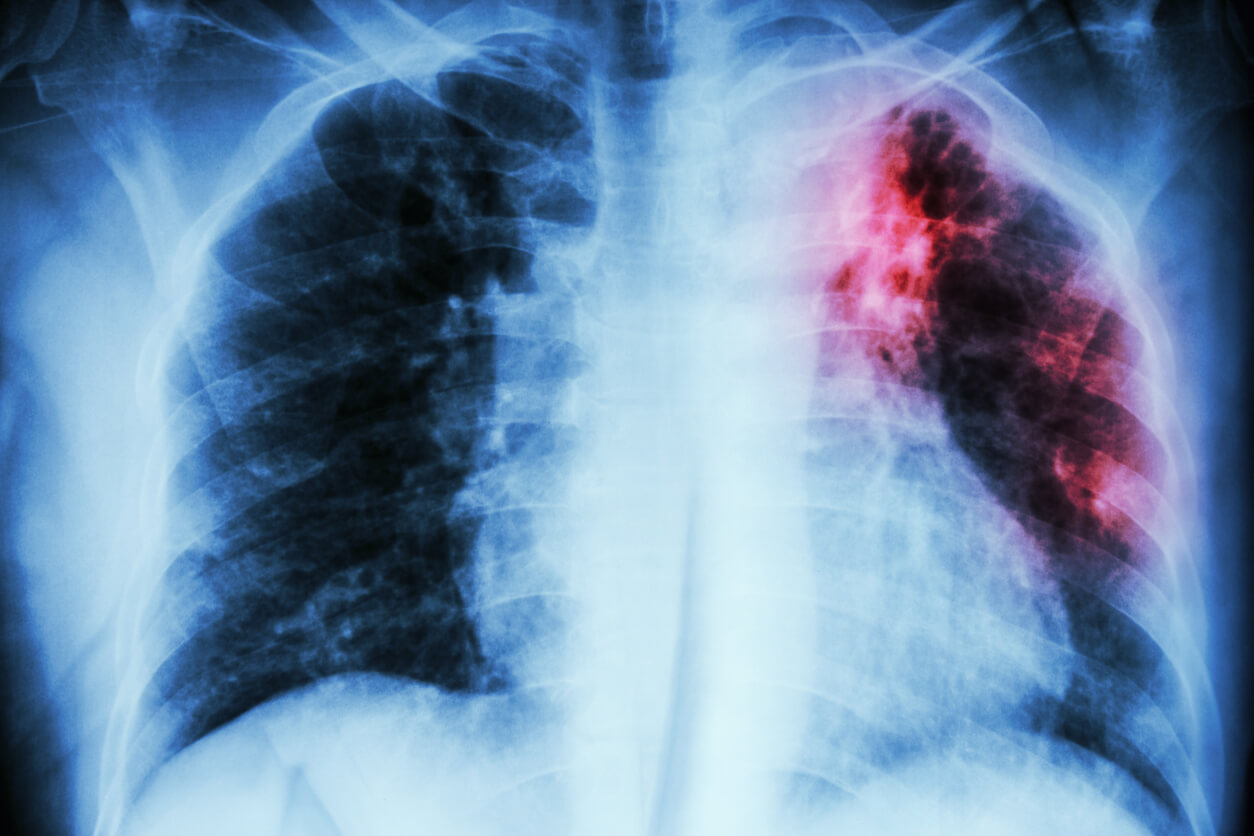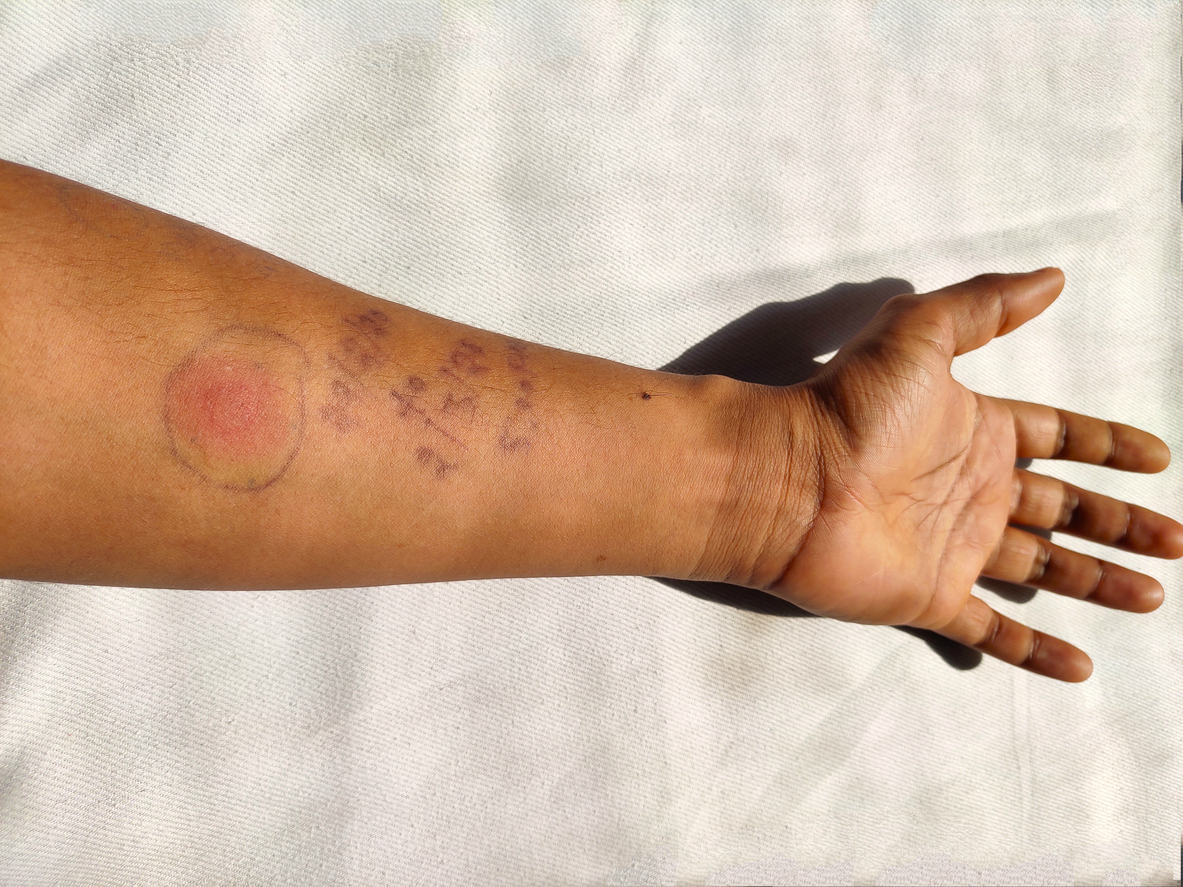Tuberculosis

What is Tuberculosis
Tuberculosis (TB) is caused by a bacterium called Mycobacterium tuberculosis. The bacteria usually attack the lungs, but TB bacteria can attack any part of the body such as the kidneys, spine, and brain. If not treated properly, TB disease can be fatal.
TB is spread through the air from one person to another. TB bacteria are expelled into the air when a person with TB disease of the lungs or throat coughs, sneezes, or speaks. People nearby may breathe in the bacteria and become infected.
TB is an airborne disease that can affect anyone in the community. People who have a positive skin test (TB infection) but no disease are not contagious. The most common place to have TB is in the lungs, but it can occur in other places (kidneys, spine, etc.). When TB disease is in other parts of the body, the symptoms depend on the area affected.
Two types of TB infection
TB Infection (latent TB) means the TB bacteria has infected a person, but it is inactive, or dormant (quiet), and the person is not sick, does not have symptoms, and is not contagious.
TB Disease (active TB) means the bacteria has become active in a person; symptoms are usually present, and the person is usually contagious. If not treated, TB disease can cause serious damage to your body.


TB Skin Tests (TST)
The Tuberculin Skin Test (TST), also known as a Mantoux test, is used to assess whether a person has been infected or exposed to tuberculosis (TB) bacteria. This service requires two visits - the first to place the TST, and the second to read the TST result.
The TST is primarily used to diagnose TB infection. This is when the TB bacteria is in the body but the person is not experiencing any symptoms suggestive of TB disease.
The TST has a flat cost of $25 for administration regardless of insurance and is required at the time of service.
Appointments
TST appointment:
Monday 8:30 to 11:30 and 1:00 to 3:30 (TST placement only)
Wednesday 8:30 to 11:30 (TST placement and reading), 1:00 to 3:30 (TST reading only)
Friday 8:30 to 12:00 (TST reading only)
Tuberculosis Clinic appointment:
Monday through Thursday 8:30 to 4:00
Friday 8:30 to 12:00
Clients who arrive 15 minutes or more late may be asked to reschedule.
For more information
or appointments
Please call (919) 560-7633 or email TB@dconc.gov
Location
We are located in Clinic 5 on the 1st floor.
FAQ
What are some symptoms of Tuberculosis?
- Productive cough that lasts 3 weeks or longer
- Coughing up blood
- Loss of or no appetite
- Unexplained weight loss
- Sweating at night
- Fever/night sweats
- Chills
- Unexplained weakness or fatigue
- Pain in the chest
What is latent TB?
Latent TB infection means that TB bacteria has infected a person. The germs are not active. It is dormant (quiet). The person is not sick, does not have symptoms, and is not contagious. They cannot spread germs to others, they may develop TB disease in the future. They are often prescribed treatment to prevent them from developing TB disease.
What is active TB?
Active TB means the bacteria has become active in a person. The symptoms are usually present, and the person is usually contagious. People with TB disease are sick from the TB germs that are active. If not treated, TB disease can cause serious damage to your body. The germs are destroying tissue in their body. People with TB disease of the lungs or throat can spread germs to others. They are prescribed medications that can treat TB disease.
How is TB Spread and is it curable?
TB germs are put into the air when a person with TB disease of the lungs or throat coughs, sneezes, speaks, or sings. These germs can stay in the air for several hours, depending on the environment. People who breathe in the air containing these TB germs can become infected; this is called latent TB infection. TB is not spread by shaking hands, sharing food or drink, touching bed linens or toilet seats. TB is treatable and curable.
Where can I get some more information about TB?
CDC Questions and Answers About Tuberculosis Booklet (English)



